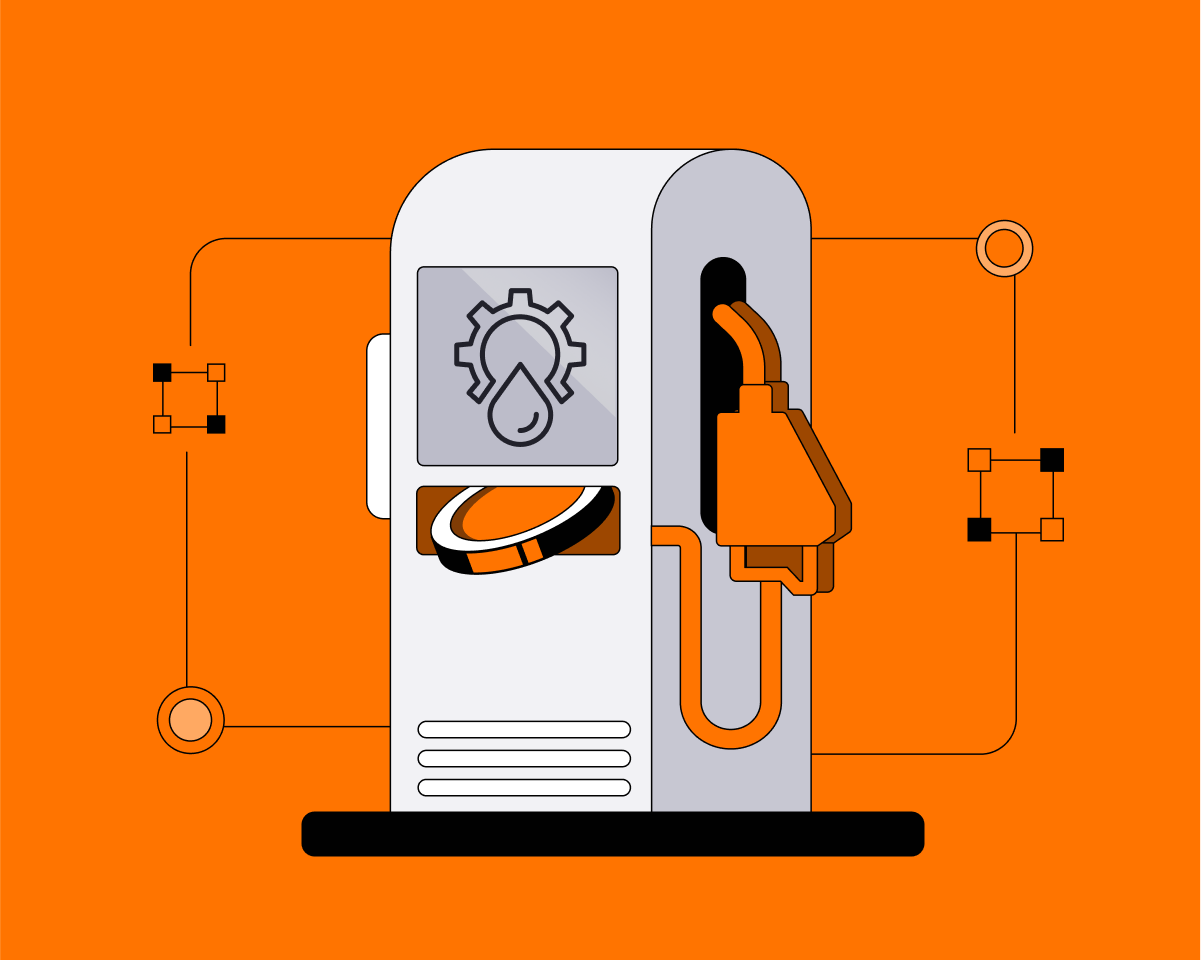The Ultimate Guide: How to Create a Decentralized Autonomous Organization (DAO)
Introduction
In the world of blockchain and decentralized finance (DeFi), Decentralized Autonomous Organizations (DAOs) have emerged as a powerful tool for community-driven decision-making and governance. A DAO is a self-governing entity that operates on smart contracts, enabling participants to collaborate and make decisions collectively without the need for centralized authority. If you're eager to dive into the exciting realm of DAOs, this comprehensive guide will walk you through the process of creating one, step by step.
Understanding the Concept of DAOs
Before we embark on the journey of creating a DAO, let's delve deeper into understanding the core concept. A DAO is essentially an organization governed by code and driven by the consensus of its participants. It enables individuals to contribute their resources, ideas, and skills towards a common goal, all while maintaining transparency and decentralization. DAOs leverage the power of blockchain technology to automate decision-making, voting, and the distribution of resources within the organization.
DAOs empower participants by providing equal voting rights and giving them a say in the organization's operations, funding, and governance. This democratic structure allows for the creation of fairer, more inclusive systems where decisions are made collectively, fostering a sense of ownership and accountability among participants.
Choosing the Right Blockchain Platform
To create a DAO, you'll need a suitable blockchain platform that supports smart contract functionality. Ethereum, being the most widely used blockchain for decentralized applications, is an excellent choice for launching a DAO. Its robust ecosystem and well-established infrastructure make it ideal for deploying smart contracts and interacting with various DeFi protocols.
Other blockchain platforms like Polkadot and Solana also offer promising alternatives with their own unique features and capabilities. Conduct thorough research to determine the platform that aligns best with your specific requirements and project goals.
Defining DAO Structure and Governance
Before diving into the technical aspects, it's crucial to define the structure and governance model of your DAO. Consider the purpose, goals, and values of your organization, as well as the roles and responsibilities of its participants. Determine how decisions will be made, how voting rights will be allocated, and how conflicts will be resolved within the DAO. Common governance models include voting by token holders, reputation-based voting, and liquid democracy, among others. Assess the pros and cons of each model and select the one that suits your organization's needs.
Creating DAO Smart Contracts
Once you have a clear understanding of your DAO's structure and governance, it's time to create the smart contracts that will power your organization. Smart contracts are self-executing contracts with the terms of the agreement directly written into code. They ensure that all participants adhere to the predefined rules and facilitate the automatic execution of transactions.
Developing smart contracts typically involves writing code in a programming language like Solidity for Ethereum or Ink! for Polkadot. Define the functions, roles, and permissions required for your DAO and implement them within the smart contracts. Ensure to thoroughly test and audit your smart contracts to minimize vulnerabilities and security risks.
Deploying and Launching the DAO
With the smart contracts ready, it's time to deploy your DAO on the chosen blockchain platform. This involves interacting with the platform's developer tools, such as Ethereum's Truffle or Hardhat frameworks, to compile and deploy your smart contracts onto the blockchain. During the deployment process, you'll generate a unique address for your DAO, which will serve as its identifier on the blockchain. After deploying the DAO, it's essential to conduct thorough testing to ensure its functionality and security. Engage with community members and early adopters to gather feedback and make any necessary adjustments before the official launch.
Onboarding Participants and Governance Token Distribution
One of the key aspects of a DAO is its community of participants. To attract individuals who align with your organization's vision, develop a comprehensive onboarding process. This process should outline how individuals can join the DAO, the criteria for participation, and any requirements or contributions expected from members.
In addition to onboarding participants, you'll also need to distribute governance tokens, which grant voting rights and decision-making power within the DAO. Establish a fair and transparent token distribution mechanism, considering factors such as early contributions, reputation, and ongoing participation.
Navigating DAO Challenges
As with any endeavor, creating and managing a DAO comes with its own set of challenges. One significant challenge is achieving widespread participation and engagement within the community. Encourage active involvement through community events, incentives, and fostering an inclusive and welcoming environment.
Another challenge is maintaining security and mitigating the risks associated with DAOs. Implement robust security measures, such as multi-signature wallets, code audits, and bug bounty programs, to safeguard the DAO's assets and protect against potential vulnerabilities.
Iterating and Improving Your DAO
Creating a DAO is an iterative process, and continuous improvement is crucial for its long-term success. Regularly gather feedback from the community and stakeholders, conduct retrospective evaluations, and adapt your governance model and operations accordingly.
Embrace a culture of openness and transparency, ensuring that decisions and changes are communicated effectively to all participants. By continuously iterating and improving, your DAO will evolve into a vibrant and thriving organization.
Conclusion
Creating a DAO is an exciting journey that enables individuals to collectively build and govern organizations in a decentralized and democratic manner. By understanding the concept of DAOs, selecting the right blockchain platform, defining governance structures, creating smart contracts, and navigating the challenges, you can launch your own DAO and contribute to the growing world of decentralized finance.
Remember, building a successful DAO requires active participation, continuous learning, and a commitment to transparency and fairness. So gather your like-minded community, align your goals, and embark on the transformative journey of creating a DAO that empowers its participants and contributes to the decentralized future of finance.


